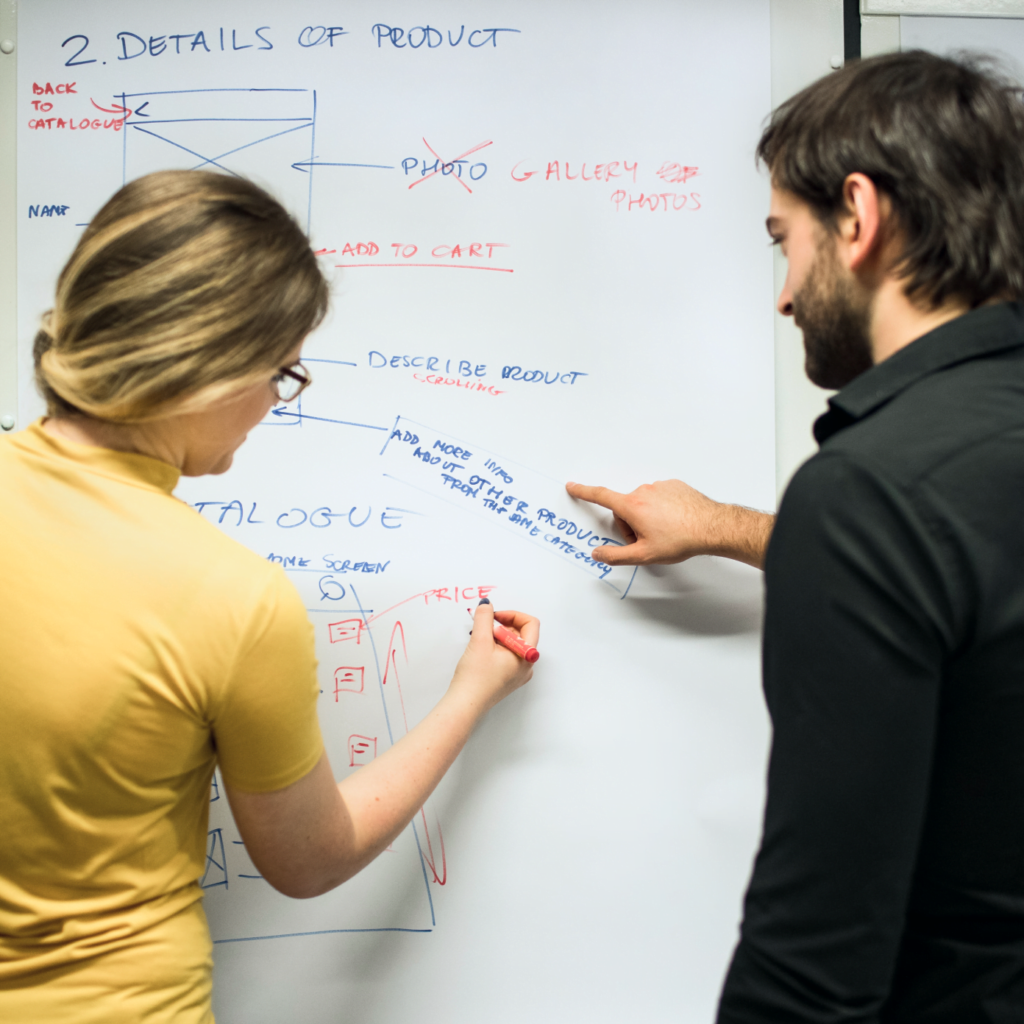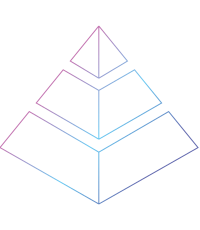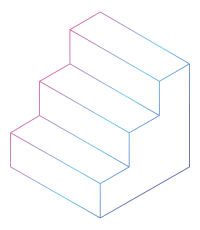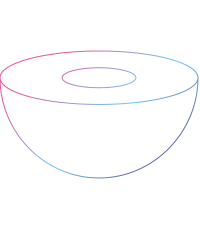Strategies that
Skyrocket profits

A brilliant vision is just the start, but before it turns into reality, it needs a rock-solid strategy.
Finding out who your target audience is and – equally important – if they will pay for your product, are the crucial factors. But what really matters is to create unique value for your customers. Look, at the beginning of the 21st century no one would let his child step into a car with a stranger. Now, think of Uber. Uber changed the game, and it had a unique strategy. We can help you craft one – with our Value Proposition Design framework.



What is it exactly?
A product strategy is simply a high-level plan. This plan describes what your business needs to accomplish with your new product. Furthermore, it provides a tactics plan how to achieve that goal. Product strategy answers the key questions namely, who is the target audience (user personas), how the product will benefit the users, as well as what are your company’s goals for this product throughout its lifecycle.
What is it vital?
First, it provides the clarity for involved teams. The developers won’t lose sight of the overarching purpose behind the project. The sales will be able to create a unique selling proposition and clearly articulate the product’s benefits. The roadmap will be prioritized, so the goals can be achieved faster. And with a product strategy as a reference point, in case of need of adjusting the plans (i.e. lack of resources or shifts in timetables), there is a room for smarter tactic decisions. Product strategy aligns the organization around the vision.
Why do you need it?

Align teams
To connect the pieces together

Business models
To have a better overview of scalability

Product positioning
To support your product before & after the launch

Define personas
So, the product really brings value for users.
Key elements of Product Strategy
PHASES
DESCRIPTION
01
Define the vision
We need to get to know you and your business better. On our side, we will conduct the research about the market, your target audience, and other necessary factors that have to be considered. While we have a massive experience, we know that the market constantly evolves. When that part is done, both parties have to agree on the agenda, the tools, dates, and times this is absolutely vital for success.
02
Analyze market trends
Since we gathered the necessary information, it's time to move with understanding of your business model and concept. In this phase, we will verify the concept through the proposed and agreed tools. What will be used here?Points of Parity, Points of Difference benchmarking, SWOT/TOWS analyzes, 4P/7P concepts, Empathy Maps, and anything else that will help verify the assumptions and ideas. We will also start writing user stories here.
03
Identify user personas
With a massive load of ideas, we can proceed with verification of them. This phase is enriched with user experience flows and sketches. UX/UI designers along with Business & System Analysts will do their magic, that will result with defining the MVP scope and other useful information required to bring your vision to life.
04
Value definition
Time to clash the ideas with real life. In this phase, we match the business concept and designed UX flows with the most appropriate technology. Also, in this period, we adjust the priorities, choose the final technology stack and confirm the features. That's really exciting to see your new digital product is coming closer to see the world (or, actually. the world is closer to seeing your new game-changer).
05
Set measureable goals
Assumptions are verified, priorities are set, you have the documentation. Hey, but that's not all. You will also know exactly what are the recommended further steps and processes. Be prepared (and excited) because you will also provide feedback to us. This is the moment when your vision is going to be transformed into reality, and you're a step away from witnessing tangible results. You're prepared for the development.
06
Create product roadmap
Assumptions are verified, priorities are set, you have the documentation. Hey, but that's not all. You will also know exactly what are the recommended further steps and processes. Be prepared (and excited) because you will also provide feedback to us. This is the moment when your vision is going to be transformed into reality, and you're a step away from witnessing tangible results. You're prepared for the development.

What you'll get?
Definitely, you will save a lot of time. All the necessary question will be asked in advance (and during the product development lifecycle). There will be a structured roadmap, so the work is simplified. Teams will be aligned, so there won’t be a risk of focusing on assumptions, but on clear goals. You will be certain that the usage of resources is facilitated and optimized. And, of course, you will get the documentation with all the important information.What you will also get is the defined values (user, business. product) that match with specified personas and the business plan. What’s more, all of these will be verified with UX processes. This means one thing the success of your new product.
- Defined: business value. user value, product value
- Values matched with properly defned user personas
- Values covered with business plan and Key Performance Indicators
- Values and metrics verified with user experience processes
